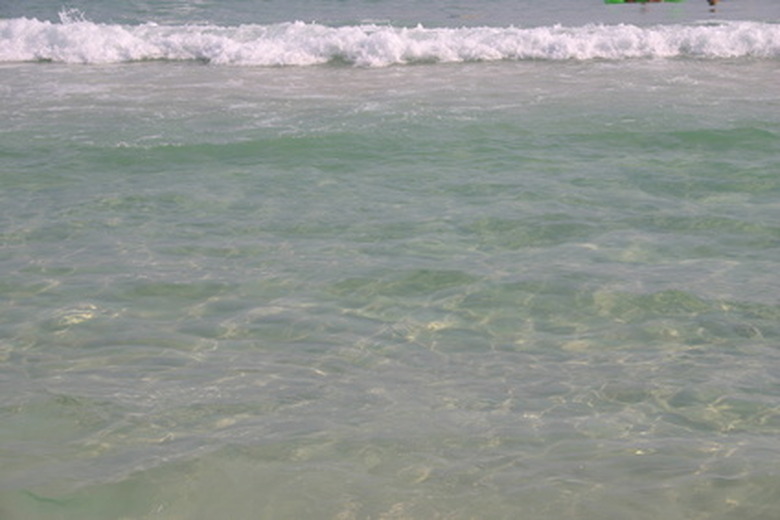How To Measure The Salinity Of Sea Water
Salt water that contains sea life must contain an appropriate amount of saline—about 32 to 37 parts per thousand—in order to sustain its ecosystem. The salt level can change based on how much water evaporates. For example, if too much water in an enclosed container is allowed to evaporate, the saline level goes up dramatically. You can easily measure the salinity of sea/ocean water using an instrument called a refractometer, which measures the index of refraction of a particular substance. It is a device used in geology, medicine and agriculture.
Step 1
Set up your refractometer device by dropping three drops of distilled water on its meter. Turn the dial until it lands on the zero. Follow the specific manufacturer's device to calibrate the refractometer. Dry it off with a soft tissue when you are finished.
Step 2
Place the eyedropper in the sea water to retrieve a sample.
Step 3
Open the refractometer's lid and drop three drops into the meter. Shut the lid when you are done.
Step 4
Peek through the eyepiece and focus the lens with the knob. You should see a blue upper area and white lower area.
Step 5
Find the number that matches up with the line where the blue section meets the white section. The number on the right is your salinity level. Normal sea water numbers range from 1.021 to 1.025.
Step 6
Rinse your refractometer and dry it off thoroughly.
Things Needed
- Water
- Eyedropper
- Soft tissue
- Refractometer
- Sea water sample
TL;DR (Too Long; Didn't Read)
Turn on an overhead light while you read the refractometer to make it easier to see the numbers.
Cite This Article
MLA
Reynolds, Susan. "How To Measure The Salinity Of Sea Water" sciencing.com, https://www.sciencing.com/measure-salinity-sea-water-6006803/. 24 April 2017.
APA
Reynolds, Susan. (2017, April 24). How To Measure The Salinity Of Sea Water. sciencing.com. Retrieved from https://www.sciencing.com/measure-salinity-sea-water-6006803/
Chicago
Reynolds, Susan. How To Measure The Salinity Of Sea Water last modified March 24, 2022. https://www.sciencing.com/measure-salinity-sea-water-6006803/
